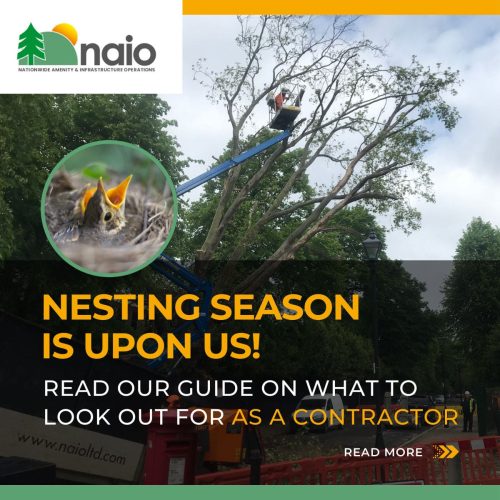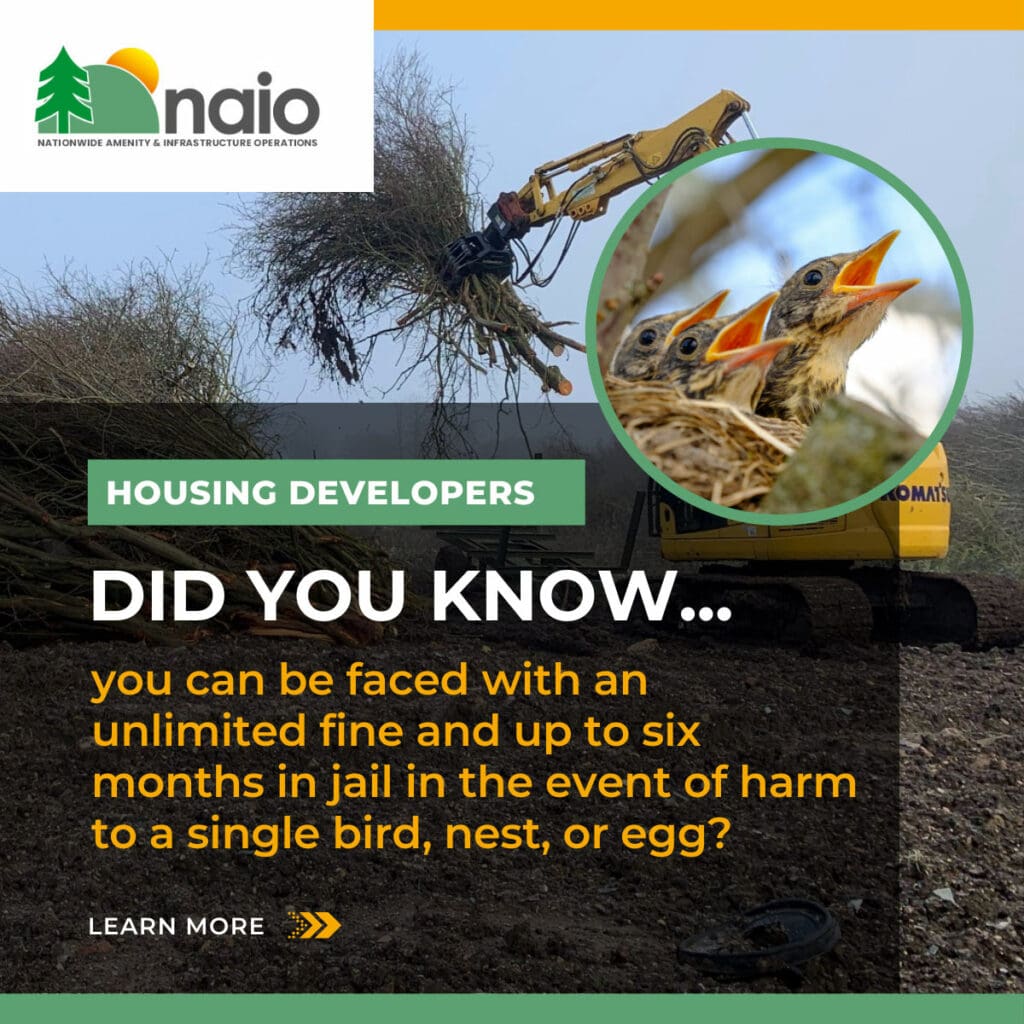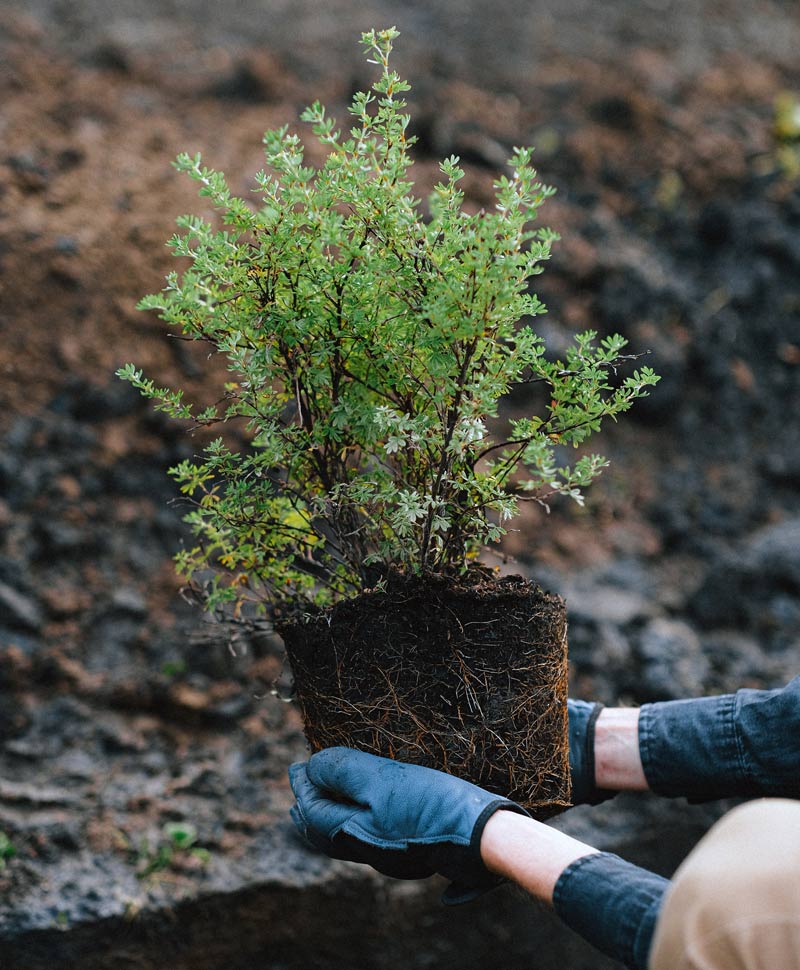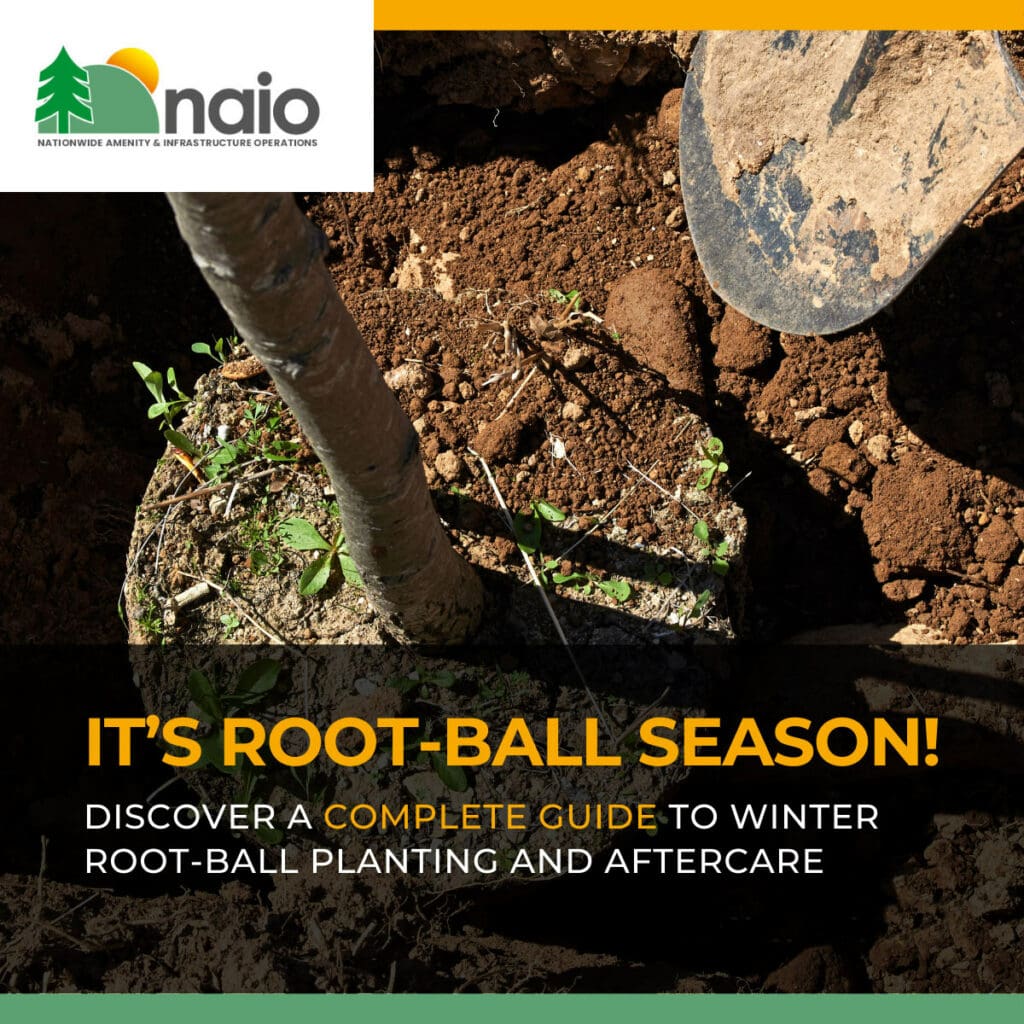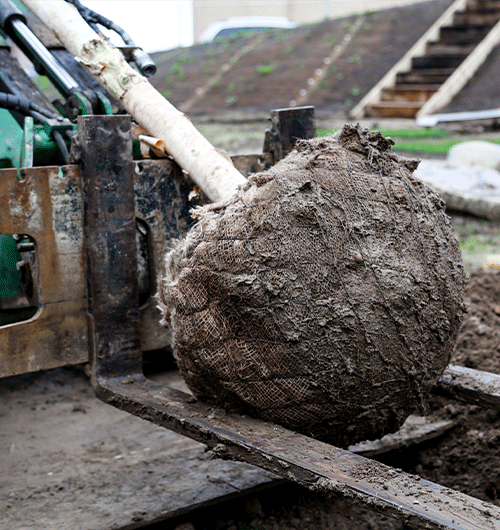

The importance of wildlife parks
Set up in 2004, Naio Outdoor Projects Ltd has grown to become a regionally, innovative landscaping brand offering a vast range of landscaping services that are of a premium quality, yet moderately priced.
Working on both private gardens and commercial projects, landscape design is always at the forefront of our mind.
However, so is the wildlife that we work alongside…
Protecting wildlife
Looking after our green spaces is more important than ever now. With rising house builds taking over our rural landscape, ensuring that contractors protect the wildlife surrounding is paramount.
Wildlife conservation
Wildlife conservation is all about the protection and preservation of wild animals, plants, and their natural habitats. And every time a new housing estate develops, another patch of greenery that may have been home to wildlife disappears.
Rewilding
However, Rewilding, is a term that concentrates on prioritising the animals and plants first and then looking at how the houses that are built can incorporate that very wildlife into their own home. Not only does this contribute to maintaining wildlife in an urban environment, but it also helps to improve mental wellbeing, physical health, the environment, ecosystems and wildlife.
Maintaining wildlife
maintaining that wildlife in urban areas is not only interesting, varied and attractive, it also ensure we are supporting those species that we rely on heavily for food, such as bees and butterflies.
Urban green spaces
Urban green spaces, such as playgrounds, parks and residential gardens can assist with relaxation and stress alleviation, supporting physical activity and expose people to nature on their very doorstep.
Conserving wildlife
By conserving wildlife, we can ensure that our children and future generations are exposed to nature at a very young age and learn to appreciate the importance of protecting wildlife and enjoy the incredible world we live in.
That is why at Naio Outdoor Projects Ltd, we ensure that our workforce is aware of their environment whilst landscaping.
We are proud that our staff are aware of the Wildlife and Countryside Act 1981, the primary legislation in the UK that protects wildlife, and we endeavour to ensure that any activities are performed in a way that does not disturb the natural wildlife around us and we can remain passionate about protecting it.
Contact us for more information and assistance about wildlife and landscaping at www.naiooutdoorprojects.co.uk



